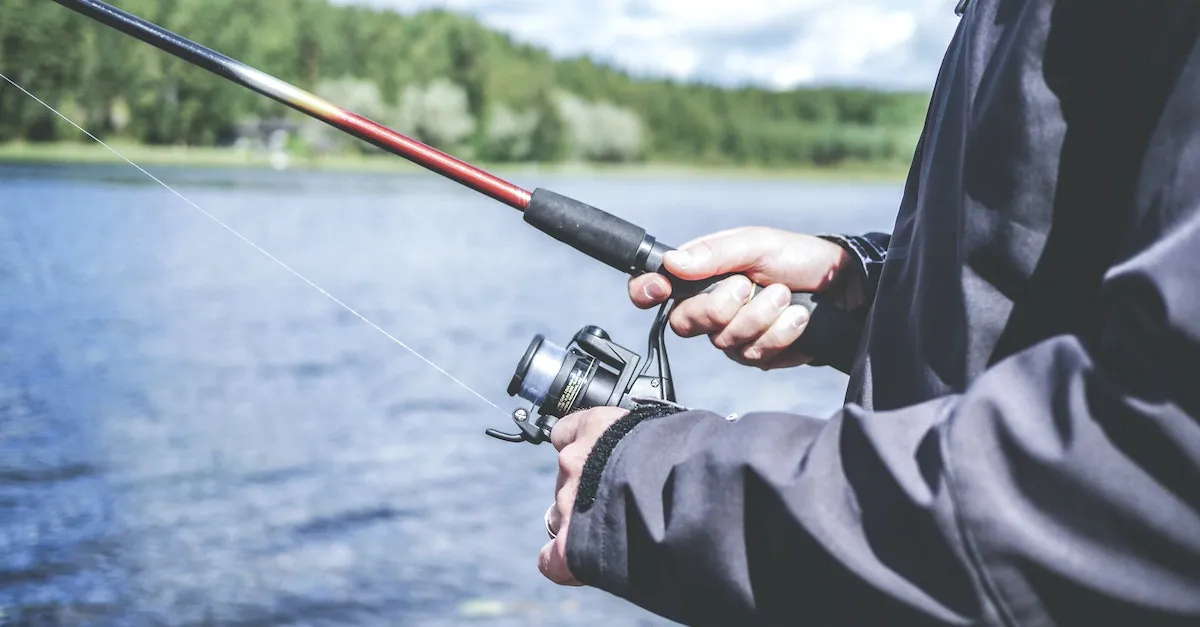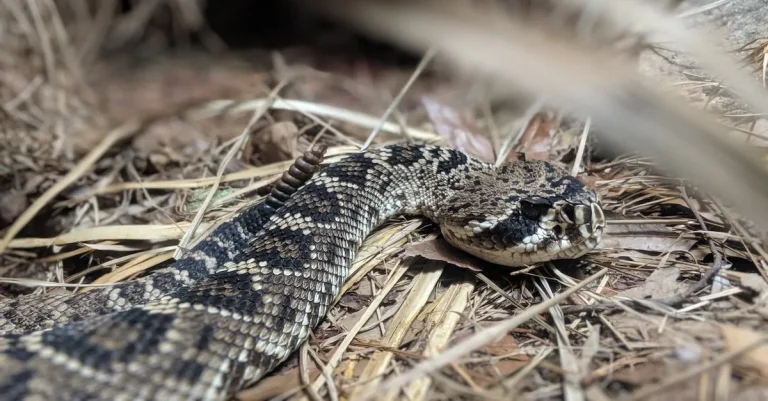The Best Times To Fish For Bass In Florida
With an abundance of lakes, rivers, and coastal waters, Florida is a top destination for bass fishing in the United States. But when are the best times to plan a bass fishing trip to Florida for your best chance at landing trophy largemouth, peacock, and Suwannee bass?
If you’re short on time, here’s a quick answer to your question: The best times to fish for bass in Florida are February through April and October through December when bass are most active. Peak spawning season is January to April.
In this comprehensive guide, we’ll cover everything you need to know about the best times and seasons to target bass in Florida. We’ll provide tips on how to fish for bass during spawning, post-spawn, summer, and fall/winter seasons across Florida.
Florida Bass Spawning Seasons
Florida is known for its excellent bass fishing opportunities, with anglers from all over the country flocking to its lakes and rivers. To maximize your chances of landing a trophy bass, it’s important to understand the spawning seasons of these fish.
Bass spawning seasons can vary depending on the region of Florida you are in, so let’s take a closer look at the specific spawning seasons in the South, Central, and North Florida regions.
South Florida Region
In the southern part of Florida, bass spawning typically occurs earlier in the year compared to other regions. The warm climate and mild winters create ideal conditions for bass to begin their reproductive process.
Spawning typically begins in late December or early January and continues through February. During this time, female bass will find suitable nesting areas in shallow waters, and male bass will guard the nests until the eggs hatch.
According to the Florida Fish and Wildlife Conservation Commission (FWC), the peak time for bass spawning in the south region is typically in January.
Central Florida Region
The central region of Florida is known for its numerous lakes and rivers, making it a popular destination for bass fishing enthusiasts. In this region, bass spawning usually takes place a bit later than in the south.
The warmer temperatures in March and April trigger the bass to start their spawning rituals. During this time, you can expect to find bass in shallow areas near vegetation or structure, where they will build their nests and lay their eggs.
According to the FWC, the peak time for bass spawning in the central region is typically in March.
North Florida Region
The northern part of Florida experiences cooler temperatures during the winter months, which results in a slightly different bass spawning season. In this region, bass spawning typically begins in late February or early March and continues through April.
The colder water temperatures may delay the spawning process, but once the conditions are right, bass will move into shallow areas and begin their reproductive rituals.
According to the FWC, the peak time for bass spawning in the north region is typically in March or April.
It’s important to note that these are general guidelines, and the exact timing of bass spawning can vary from year to year depending on weather patterns and other factors. Additionally, it’s crucial to practice catch-and-release during the spawning season to ensure the sustainability of bass populations in Florida’s waters.
If you’re planning a fishing trip to Florida, be sure to check the FWC’s website for the latest information on fishing regulations and updates on bass spawning seasons in your desired region. Happy fishing!
Post-Spawn Fishing Tips
Transition Locations
After the spawning season, bass go through a period of transition as they move from their spawning beds to deeper water. During this time, it is important to locate the transition areas where bass are likely to gather. These areas can include points, drop-offs, and submerged vegetation.
Look for areas with a mix of shallow and deep water, as these are often prime spots for post-spawn bass.
According to FLW Fishing, one effective way to find transition locations is by using your electronics to identify changes in water temperature and depth. Bass will often congregate in areas where the water conditions are more stable, providing them with a comfortable environment.
Patterns and Techniques
When it comes to post-spawn bass fishing, adapting your techniques to the changing behavior of the fish is key. During this time, bass are often recovering from the spawning process and may be less active.
As a result, it is important to use slower presentation techniques such as finesse worms, jigs, and jerkbaits to entice bites.
One effective pattern to try is fishing around cover such as fallen trees, brush piles, or docks. These areas provide bass with shade and ambush points, making them attractive feeding spots. Another technique to consider is flipping or pitching soft plastic baits into heavy cover, as this can trigger a reaction bite from post-spawn bass.
According to Bassmaster, it is also important to pay attention to the time of day when fishing for post-spawn bass. Early morning and late afternoon tend to be the most productive times, as bass are more active during low-light conditions.
Gear Recommendations
When it comes to gear, it is important to have the right equipment to effectively target post-spawn bass. A medium-heavy rod paired with a baitcasting reel is recommended for fishing around cover and handling larger bass.
Using a fluorocarbon line in the 12 to 15-pound range will provide the sensitivity and strength needed for post-spawn fishing.
As for bait selection, consider using soft plastic baits in natural colors such as green pumpkin or watermelon. These colors mimic the prey that bass are likely to be targeting during the post-spawn period.
Additionally, having a variety of bait sizes and styles will allow you to adapt to the changing preferences of the bass.
Remember, post-spawn fishing requires patience and adaptability. By targeting transition areas, adjusting your techniques, and using the right gear, you can increase your chances of landing that trophy bass. So get out on the water and enjoy some post-spawn fishing adventures!
Summer Bass Fishing in Florida
Florida is known for its excellent bass fishing opportunities, and summer is a prime time to catch some trophy-sized bass. The warm weather and longer days create ideal conditions for bass activity, making it an exciting time for anglers.
Here are the best times to fish for bass in Florida during the summer:
Early Summer
The early summer months of June and July are a great time to target bass in Florida. As the water temperatures rise, bass become more active and start feeding aggressively. They can often be found near shallow vegetation, such as lily pads and hydrilla beds, where they seek shelter and ambush their prey.
Topwater lures, like buzzbaits and poppers, can be highly effective during this time as bass are more willing to strike at surface baits.
Mid Summer
In mid-summer, which includes the months of July and August, bass fishing can be a bit more challenging due to the hot weather and increased fishing pressure. However, with the right techniques and strategies, anglers can still have success.
During this time, bass tend to move to deeper water in search of cooler temperatures and more oxygen. Targeting drop-offs, ledges, and submerged structures can be productive. Using soft plastics like worms and creature baits, as well as crankbaits, can entice bass to bite.
Late Summer
As summer comes to an end in Florida, the late summer months of August and September provide some excellent bass fishing opportunities. The water temperatures start to cool down slightly, and the bass become more active once again.
During this time, bass can be found in both shallow and deeper water, depending on the weather conditions. Fishing near grassy areas, docks, and rock formations can yield good results. Spinnerbaits, jigs, and jerkbaits are popular lure choices for late summer bass fishing.
It’s important to note that fishing conditions can vary depending on the specific body of water and other factors, so it’s always a good idea to consult local fishing reports and talk to experienced anglers for the most up-to-date information.
Additionally, following fishing regulations and practicing catch-and-release can help ensure the sustainability of Florida’s bass population for future generations of anglers to enjoy.
Fall and Winter Fishing for Bass
Fall Fishing
Fall is a fantastic time to go fishing for bass in Florida. As the temperatures start to cool down, bass become more active and are eager to feed before the winter months. During the fall, bass will start to move from deeper waters to shallow areas in search of food.
They can often be found near vegetation, fallen trees, or other structures that provide cover.
One popular technique for fall bass fishing is using topwater lures. These lures mimic the movement of baitfish and can be extremely effective in enticing bass to bite. Some great topwater lures to try are buzzbaits, poppers, and walking baits.
Additionally, soft plastic worms or jigs can also be successful in the fall.
Winter Fishing
Winter fishing for bass in Florida can be challenging but rewarding. As the temperatures drop, bass become less active and tend to move to deeper waters. This means that anglers will need to adjust their fishing techniques and target different areas of the lake.
One effective technique for winter bass fishing is using slow-moving baits. Jigs, drop shots, and Carolina rigs are all great options for targeting bass in deeper waters. These baits can be presented in a way that mimics a slow-moving or injured baitfish, which can entice a bass to bite even in colder temperatures.
Gear for Colder Months
When fishing for bass in the fall and winter, it’s important to have the right gear to ensure success. One essential piece of equipment is a good quality fishing rod and reel combo. Look for a medium to heavy action rod that can handle the weight and fight of a larger bass.
Pair this with a high-quality reel that has a smooth drag system.
In addition to a strong rod and reel, it’s important to have the right line and lures for fall and winter bass fishing. Fluorocarbon line is a popular choice as it is less visible in the water and has a higher sensitivity, allowing you to feel even the slightest bite.
As for lures, stick to natural colors and slower-moving baits that can entice sluggish bass in colder temperatures.
Remember, fishing for bass in the fall and winter can be a rewarding experience, but it’s important to be prepared and adjust your techniques to the changing conditions. By targeting the right areas and using the right gear, you’ll increase your chances of landing that trophy bass.
Conclusion
While bass can be caught year-round in Florida, you’ll have the most action and chances of landing trophy-sized bass during the peak spring spawning season and fall transition periods. Adjust your fishing locations, techniques, and gear to make the most of bass fishing in Florida during any season. With great weather almost all year, Florida offers world-class bass fisheries no matter when you can get out on the water.








